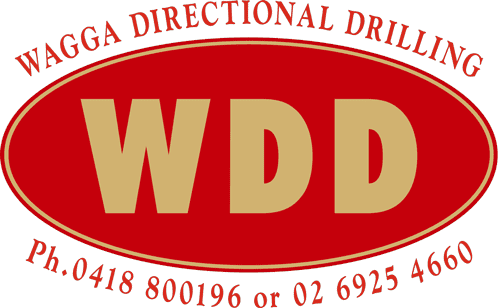Recent flooding may have caused culverts to be full of silt and in the need of restoration.
With increasing awareness of environmental hazards and water usage, it is important that drainage structures are properly maintained. In the past these have not been given the attention they deserve, cleaning has been to a minimum, resulting in damage to structure, roads, ditches, personal property and even people. One of the main reasons organizations have not maintained their structures is due to the lack of efficient culvert cleaning methods. Open cutting a road; jetter trucks, backhoes and cables are all methods that have been used to clean culverts in the past. Each of these methods has their shortcomings.
Benefits
WDD have developed a method to overcome these failures of other methods, by introducing an efficient and effective way to clean clogged culverts. The following are benefits of this method:
Efficiency
During WDD’s development we did a head-to-head competition with our process and a jetter truck. We found 2 culverts, 450mm diameter, cleaned the first pipe with the jet truck and completed the cleaning in 6.5 hours, using 4000 litres of water. The second pipe was cleaned with our method and was done in 40 minutes and used 400 litres of water.
Reduced water usage
When using a jetter truck, potentially thousands of litres of water can be used to effectively clean a culvert. WDD’s method will use a fraction of that.
For example, a 20m culvert with a diameter of 450mm that is 100% full can be cleaned using between 200-400 litres of water. Using WDD’s method the water usage and pressure are controlled by the drill operator. The water is pumped through the drill stem to the culvert cleaning attachments.
Versatile
Using a directional drill, culverts of any size, shape and material can be cleaned effectively.
Containment of debris
Using a directional drill gives the operator complete control of the debris within a culvert. With controlled pullback and thrust speeds the operator can remove as little or as much material as they want, at a controlled speed. This will allow for the material to be shoveled, excavated or vacuumed as it is being removed from the culvert. Using a pull bucket, material can be removed from either end of the culvert.
Structurally safe
The culvert cleaning tools are built out of mild steel that will not damage the interior of the culvert. Using a directional drill allows the operator to control the rotation of the tools. This is very important especially when a failure or void is encountered. With total control the operator will be able to back out the tool to determine where the failure is.
We take pride in our work
To put it simply, we love what we do. To be in a job that allows up to explore new places, meet new people, and work on all types of projects, means that we strive to give our all in every single project we do.
Let's chat
Are you ready to move ahead with your project? Take confidence in knowing that we get the job done right.


